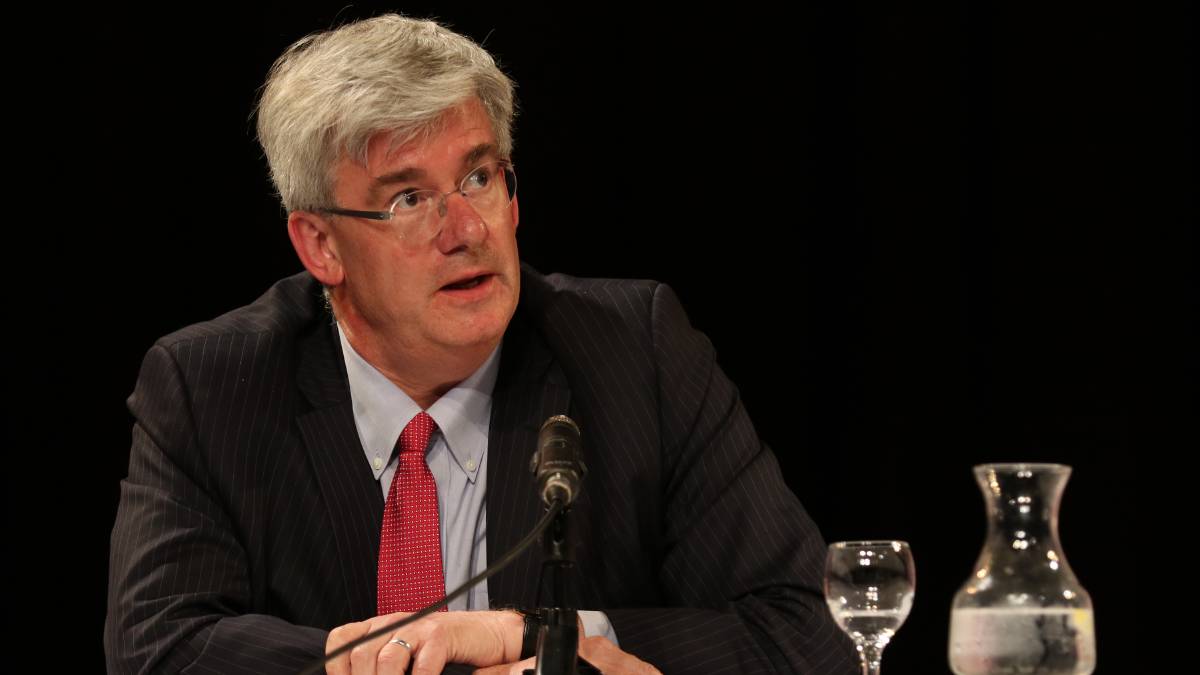Tasmania’s three Ps a logical place to start
News, Tasmania | 19th October 2016
Sean Ford | The Advocate | 19th October 2016
Preview of the Tasmania Report 2016, published in the Burnie (North-West Coast) Advocate newspaper, 19th October 2016
It is heartening to know prominent economist Saul Eslake’s second Tasmania Report on the state economy will be released by mid-December.
His first, commissioned by the Tasmanian Chamber of Commerce and Industry and released in 2015, was a valuable document.
He said during the week he would again focus on population, productivity and participation as drivers of economic growth.
That is a sound approach.
We know population is a major challenge for Tasmania in terms of low population growth.
That equates to ever decreasing size and, frankly, importance relative to Australia as a whole.
The state’s population challenges are gaining a new and worrying dimension because Tasmanians are significantly older, on average, than other Australians, and the gap is widening.
The drain of Baby Boomers from the workforce is biting hard earlier here than in other states.
Productivity is important because productivity growth is the key factor in improving living standards over time.
Tasmania has relatively low productivity levels, partly because of the mix of jobs the state offers compared, particularly, to the big mainland capitals, and partly due to relatively weaker educational attainment, on average.
And participation in the labour market through being either employed or actively looking for work is crucial as a driver of economic growth and as a measure of the strength of an economy.
Tasmania’s participation rate is relatively low.
This year, Mr Eslake will pay significant attention to the effects of the ageing population, and suggest goals for the state based partly on the demographics of other islands.
It is not all doom and gloom, of course.
The tyranny of distance is much less these days, thanks to technology, and Tasmania has great export opportunities in agribusiness, seafood, mining, tourism, high-end manufacturing, services and education.
Also, our politicians recognise the importance of getting education right.
While there have been steps forward and steps backwards, successive governments have been making serious attempts to improve participation in education and outcomes.
There are also growing opportunities to “poach” professionals and creatives from the mainland and overseas – again, partly thanks to technology – and to lure back former Tasmanians.
None of this will just happen.
We need to be the best we can be and get much more right than we get wrong, at business, government and community levels.
We’re not actually the only mob in the world wanting a better future.
Mr Eslake’s report can be expected to lay down some useful markers along that road.
For all his qualities, Mr Eslake can only analyse, advise and make clear the issues and broad opportunities.
It will be up to the rest of us to make the good things happen.
We owe it, especially, to our children, their children and so on.
As TasCOSS chief executive Kym Goodes wrote in last year’s Tasmania Report: “It should no longer be business as usual in Tasmania.”
“TasCOSS wants to see a Tasmania where everyone can participate in the cultural and economic developments currently taking place and not be left behind.”
Worthy goals.
